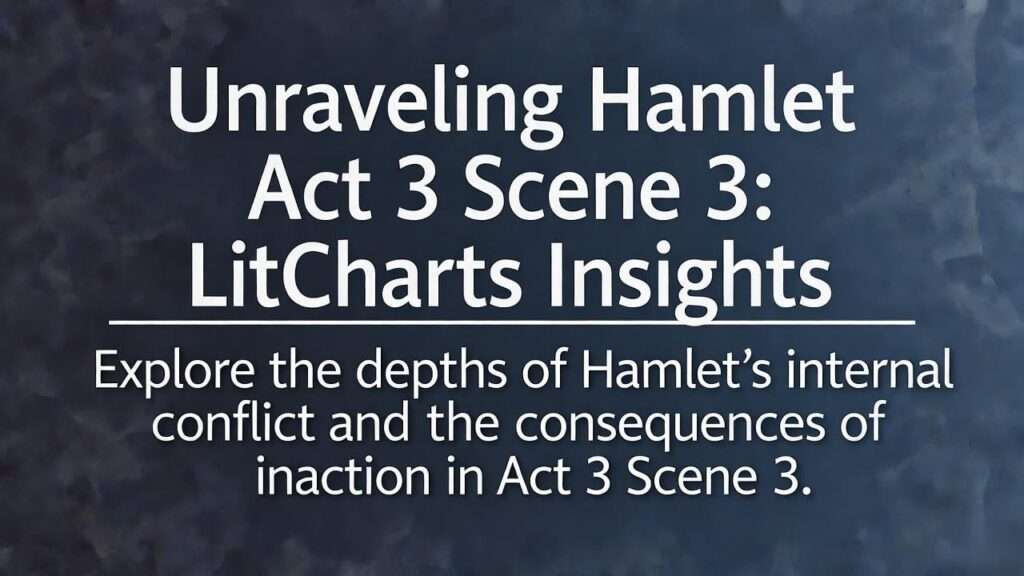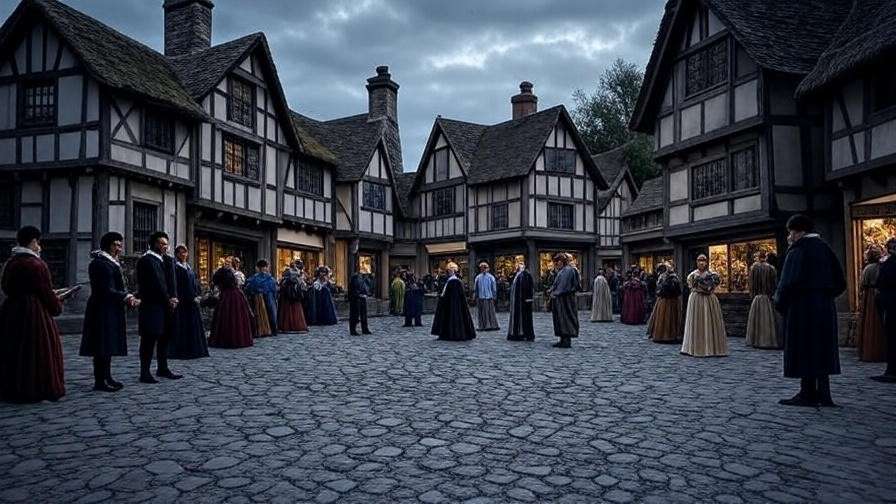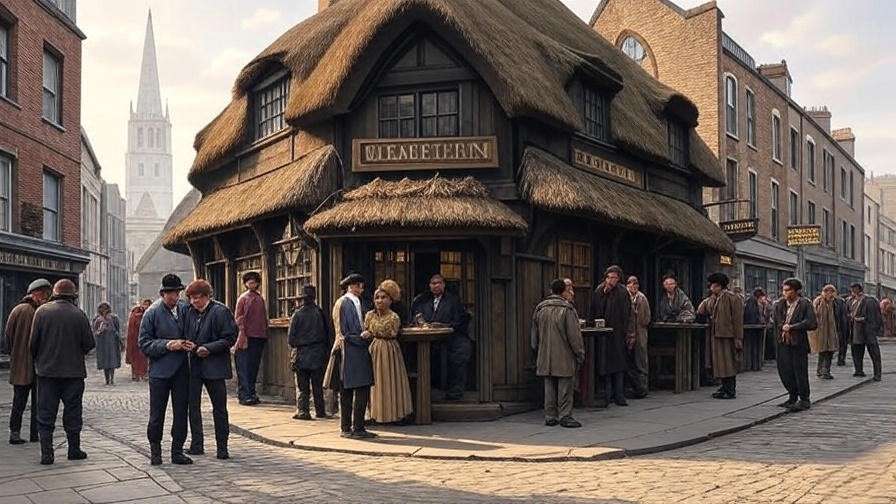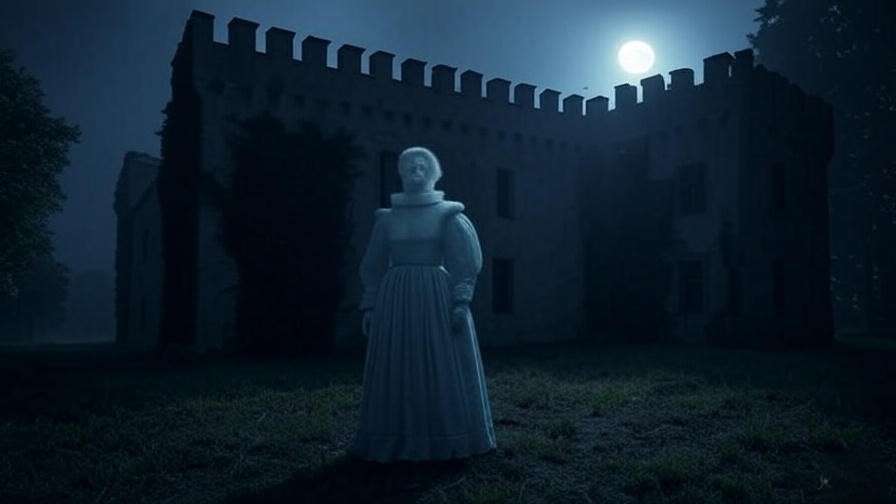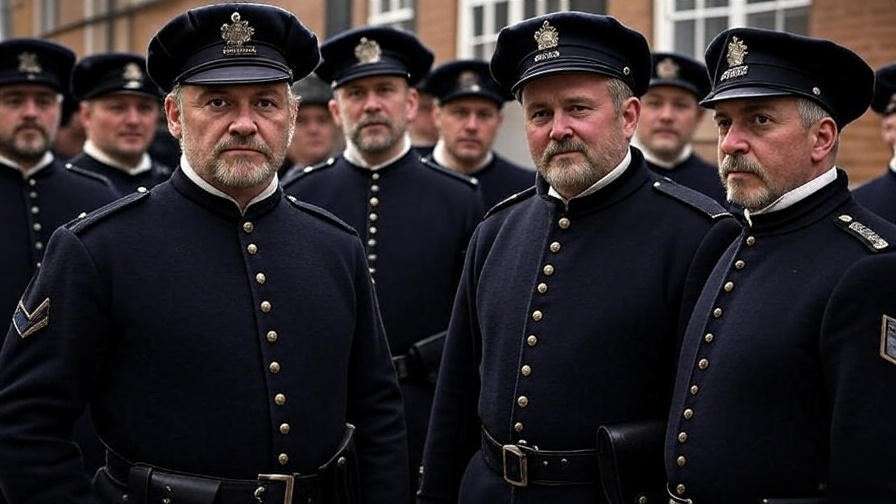Picture a king, alone in a dimly lit chapel, his heart heavy with guilt, whispering, “O, my offence is rank, it smells to heaven.” This is the raw, human core of Hamlet Act 3 Scene 3, a pivotal moment in William Shakespeare’s timeless tragedy. For students, educators, and Shakespeare enthusiasts searching for a deep dive into Hamlet Act 3 Scene 3, LitCharts offers unparalleled clarity to unpack this emotionally charged scene. Here, Claudius’s tormented soliloquy and Hamlet’s fateful hesitation collide, revealing profound insights into guilt, revenge, and morality. This article provides a comprehensive analysis, drawing on LitCharts’ authoritative resources and expert scholarship to illuminate the scene’s themes, characters, and literary devices. Whether you’re studying for an exam or exploring Shakespeare’s genius, this guide will deepen your understanding and spark new perspectives.
Setting the Stage: Context of Hamlet Act 3 Scene 3
The Broader Narrative of Hamlet
To fully grasp Hamlet Act 3 Scene 3, we must first situate it within the play’s intricate narrative. By this point, Prince Hamlet, driven by the ghost of his murdered father, King Hamlet, has adopted a facade of madness to probe his uncle Claudius’s guilt. The play-within-a-play in Act 3 Scene 2 confirms Claudius’s role in the king’s murder, escalating the tension. Hamlet’s quest for revenge intensifies, setting the stage for the dramatic confrontation—or lack thereof—in Scene 3. This context, as highlighted by LitCharts’ scene summaries, underscores the mounting stakes and moral complexities that define the tragedy.
The Importance of Act 3 Scene 3
Act 3 Scene 3 is a turning point, where the inner struggles of Claudius and Hamlet come to the forefront. Claudius’s soliloquy exposes his guilt and fear of divine retribution, while Hamlet’s decision to spare his praying uncle reveals his philosophical depth and moral indecision. According to LitCharts, this scene encapsulates Shakespeare’s exploration of human conscience, making it a critical juncture for understanding the play’s themes of revenge, morality, and divine justice. It’s a moment where action is deferred, yet the consequences ripple through the tragedy’s climax.
Expert Insight
LitCharts notes that Act 3 Scene 3 serves as a microcosm of Hamlet’s central questions: Can true repentance absolve a heinous crime? Does revenge align with divine justice? Drawing on scholar Harold Bloom’s analysis, this scene humanizes Claudius while deepening Hamlet’s tragic flaw—his overthinking. This duality makes the scene a rich subject for literary analysis, offering insights into Shakespeare’s craft.
Summary and Key Moments of Act 3 Scene 3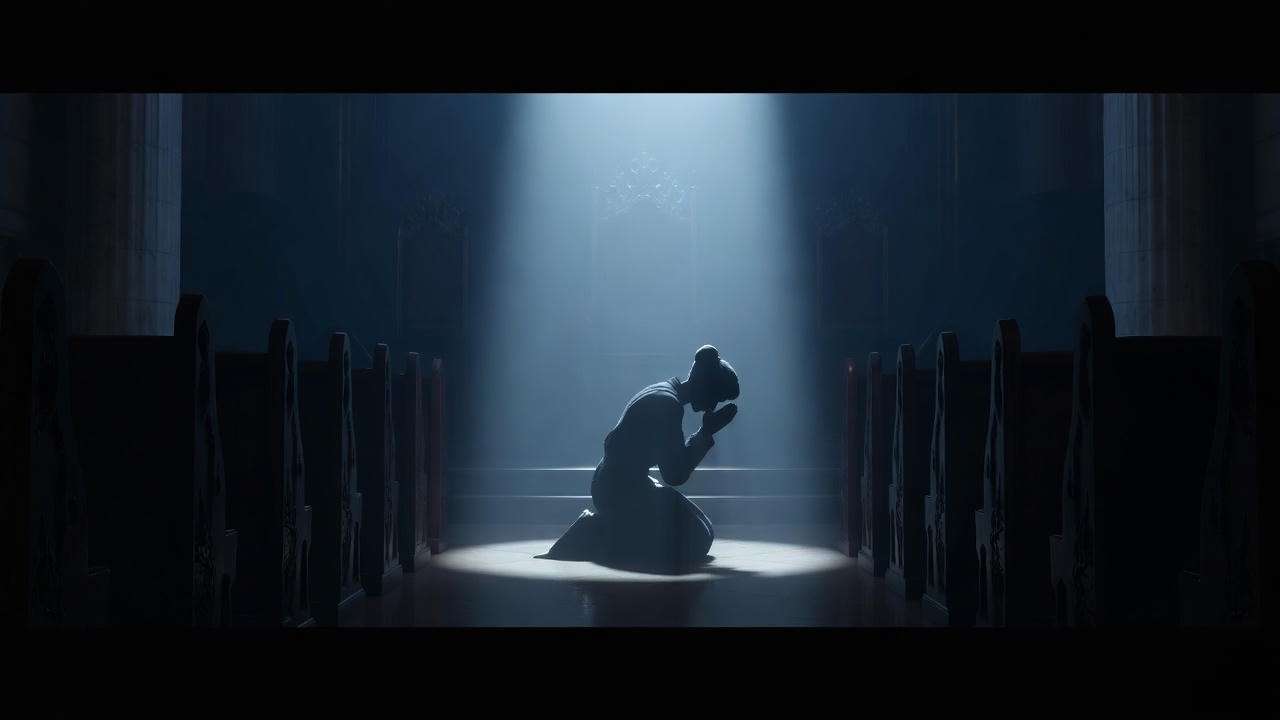
Claudius’s Soliloquy: A Window into Guilt
The scene opens with Claudius alone, wrestling with his conscience in a soliloquy that lays bare his guilt over murdering his brother. “O, my offence is rank, it smells to heaven,” he confesses, acknowledging the gravity of his sin. LitCharts’ line-by-line analysis highlights the soliloquy’s raw honesty, as Claudius grapples with the impossibility of true repentance while clinging to his ill-gotten power. This moment reveals a villain not as a one-dimensional antagonist but as a man tormented by his actions, adding depth to his character.
Hamlet’s Hesitation: The Missed Opportunity
Enter Hamlet, who finds Claudius seemingly at prayer—a perfect chance for revenge. Yet, he hesitates, reasoning that killing Claudius now would send his soul to heaven, an outcome too lenient for a murderer. LitCharts emphasizes the irony: Claudius’s prayer is insincere, as he admits he cannot fully repent. Hamlet’s misjudgment, driven by his concern for divine justice, marks a critical moment of inaction that fuels the tragedy’s momentum. This scene underscores Hamlet’s intellectual complexity and his struggle to align revenge with morality.
Dramatic Tension and Foreshadowing
The tension in Act 3 Scene 3 lies in what doesn’t happen—Hamlet’s failure to act sets the stage for later tragedies, including the deaths of Polonius, Ophelia, and Gertrude. LitCharts’ scene breakdown notes how this moment foreshadows the play’s climax, where Hamlet’s delayed revenge leads to catastrophic consequences. The interplay of Claudius’s false repentance and Hamlet’s overthinking creates a dramatic pause that heightens the audience’s anticipation of inevitable doom.
Themes Explored in Act 3 Scene 3
Guilt and Conscience
Claudius’s soliloquy is a masterclass in depicting guilt. His admission that his “stronger guilt defeats my strong intent” reveals a man torn between remorse and ambition. LitCharts connects this to the broader theme of conscience, noting how Claudius’s internal conflict mirrors Hamlet’s own moral struggles. For readers, this theme resonates as a universal human experience—how do we reconcile our actions with our conscience? This scene invites reflection on the weight of guilt and the limits of redemption.
Revenge and Justice
Hamlet’s hesitation reflects his complex views on revenge. He wants Claudius to suffer eternal punishment, not just death, revealing a nuanced understanding of justice. LitCharts’ theme tracker highlights the tension between earthly vengeance and divine justice, a central concern in Elizabethan England. This theme invites readers to question whether revenge can ever be just, a dilemma that remains relevant in modern ethical debates.
Appearance vs. Reality
Act 3 Scene 3 masterfully blurs the line between appearance and reality. Claudius’s prayer appears pious but is hollow, while Hamlet misreads the situation, assuming sincerity where none exists. LitCharts underscores this as a recurring motif in Hamlet, where characters hide their true intentions. This theme enhances the scene’s dramatic irony and invites readers to question the authenticity of actions and words in their own lives.
Character Analysis in Act 3 Scene 3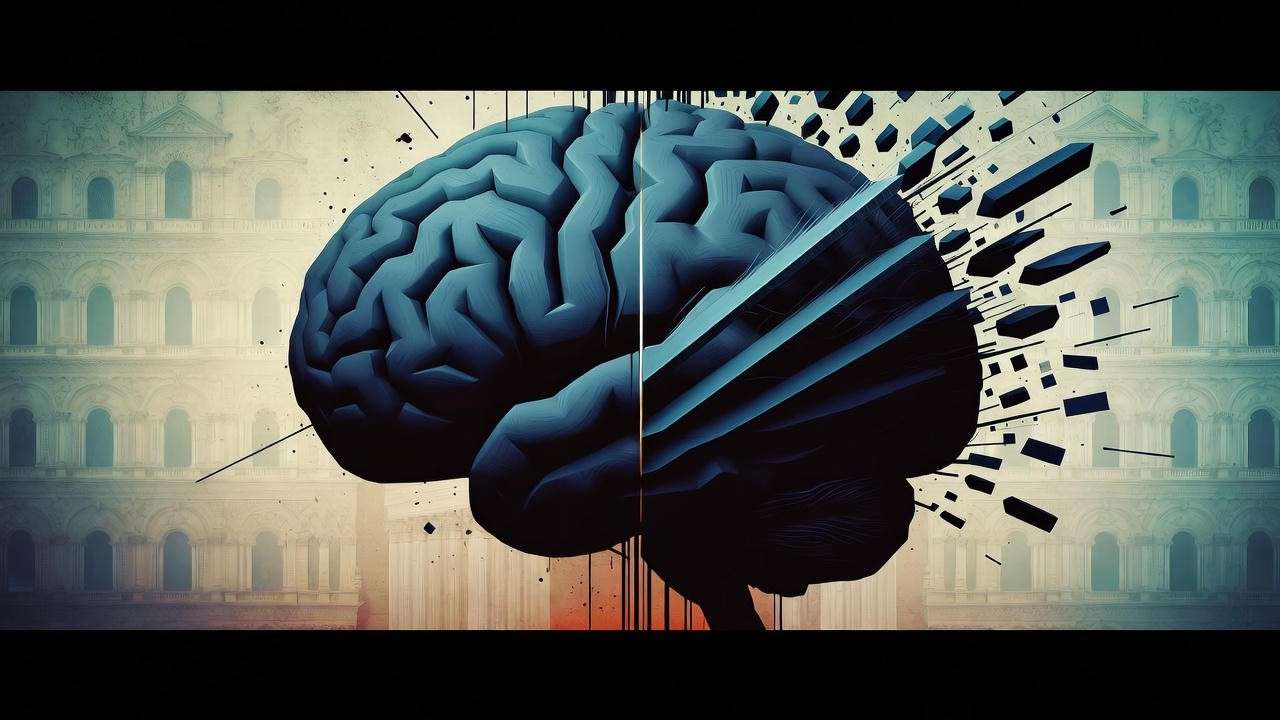
Claudius: The Conflicted Villain
Claudius is often seen as Hamlet’s antagonist, yet Act 3 Scene 3 humanizes him. His soliloquy reveals a man aware of his moral failing but unwilling to relinquish his crown. LitCharts’ character analysis notes that this vulnerability makes Claudius a compelling figure—a villain who feels remorse but is trapped by his ambition. This complexity challenges readers to reconsider simplistic notions of good and evil.
Hamlet: The Tragic Procrastinator
Hamlet’s hesitation in this scene epitomizes his tragic flaw: overthinking. His concern for Claudius’s soul reflects his philosophical nature, but it also delays justice, leading to further tragedy. LitCharts highlights how this moment deepens Hamlet’s character, portraying him as a man torn between action and morality. His indecision resonates with readers grappling with difficult choices.
Expert Tip: Claudius vs. Hamlet Comparison
| Character | Motivation | Moral Dilemma | Outcome in Scene |
|---|---|---|---|
| Claudius | Retain power | Guilt vs. ambition | Fails to repent |
| Hamlet | Seek revenge | Justice vs. morality | Delays action |
This table, inspired by LitCharts’ character breakdowns, visually contrasts the two men’s inner conflicts, enhancing reader understanding.
Literary Devices and Techniques
Soliloquy as a Dramatic Tool
Shakespeare uses Claudius’s soliloquy to reveal his inner turmoil, a technique that builds audience empathy. LitCharts explains that soliloquies are a hallmark of Shakespearean tragedy, allowing characters to voice thoughts otherwise hidden. In this scene, Claudius’s confession invites sympathy, complicating the audience’s view of him as a villain.
Irony and Dramatic Irony
The scene is rich with irony. Hamlet’s assumption that Claudius’s prayer is genuine is a classic example of dramatic irony, as the audience knows Claudius’s repentance is false. LitCharts notes the situational irony in Claudius’s inability to pray sincerely, despite his apparent piety. These layers of irony heighten the scene’s emotional impact.
Imagery and Symbolism
Shakespeare’s use of imagery, such as “my offence is rank, it smells to heaven,” evokes the stench of moral corruption. LitCharts connects this to the play’s broader motif of decay, seen in Denmark’s “rotten” state. The “primrose path” Claudius mentions symbolizes the seductive ease of sin, adding depth to the scene’s moral landscape.
LitCharts as a Study Tool for Act 3 Scene 3
Why Use LitCharts for Hamlet Analysis?
LitCharts is an invaluable resource for dissecting complex texts like Hamlet. Its line-by-line translations, theme trackers, and character analyses provide clarity for students and educators. For Act 3 Scene 3, LitCharts offers detailed explanations of key quotes and themes, making it easier to grasp Shakespeare’s dense language and ideas.
Applying LitCharts Insights to Act 3 Scene 3
To study this scene, use LitCharts’ quote explanations to unpack lines like “O, my offence is rank.” The theme tracker can help trace guilt and revenge across the play, while the scene summary provides a quick reference for context. For students, a step-by-step approach might include:
- Read the scene with LitCharts’ modern translation.
- Highlight key quotes and their explanations.
- Use the theme tracker to connect the scene to the play’s broader ideas.
Historical and Cultural Context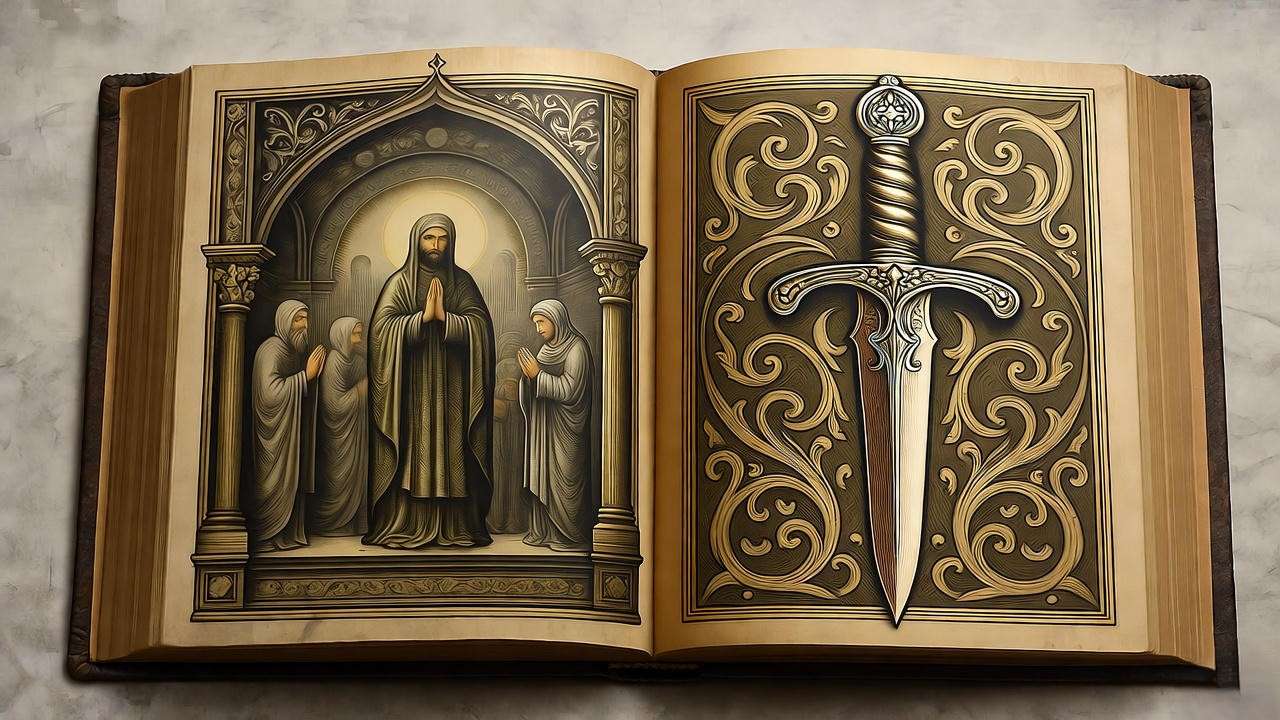
Elizabethan Views on Religion and Morality
Act 3 Scene 3 reflects Elizabethan anxieties about religion and morality. Claudius’s failed prayer mirrors debates about repentance and divine justice in a post-Reformation England. Scholar Stephen Greenblatt notes that Shakespeare’s audience would have been attuned to these tensions, seeing Claudius’s struggle as a commentary on human fallibility.
Shakespeare’s Audience and Theatrical Conventions
Soliloquies like Claudius’s were a staple of Elizabethan theater, allowing actors to engage directly with the audience. LitCharts explains that this technique heightened emotional connection, making Act 3 Scene 3 a powerful moment for Shakespeare’s original viewers. Understanding this context enriches modern readings of the scene.
Practical Applications for Students and Educators
Study Tips for Analyzing Act 3 Scene 3
For students diving into Hamlet Act 3 Scene 3, LitCharts offers a structured approach to unlock its complexities. Start by reading the scene alongside LitCharts’ modern translation to clarify Shakespeare’s Elizabethan language. Annotate key quotes, such as Claudius’s “O, my offence is rank” or Hamlet’s “Now might I do it pat,” noting their emotional and thematic weight. Create a character map to visualize Claudius’s guilt and Hamlet’s indecision, connecting their actions to the play’s broader themes of revenge and morality. LitCharts’ theme tracker is particularly useful here, helping you trace these ideas across the text. Finally, summarize the scene’s key moments in your own words to solidify understanding, using LitCharts’ scene summary as a guide.
Actionable Study Tip: Download a free study guide template from our website, including questions like:
- How does Claudius’s soliloquy reveal his inner conflict?
- Why does Hamlet’s hesitation matter to the play’s trajectory?
- What literary devices enhance the scene’s impact?
These prompts encourage active engagement and critical thinking, making your analysis more robust.
Teaching Act 3 Scene 3 in the Classroom
Educators can bring Act 3 Scene 3 to life with interactive strategies. Start with a group discussion: Ask students to debate whether Hamlet’s hesitation is justified or a tragic flaw. Use LitCharts’ quote explanations to provide textual evidence for both sides. For a hands-on activity, have students perform Claudius’s soliloquy, emphasizing tone and emotion to highlight his guilt. Alternatively, assign a writing exercise where students compare Hamlet’s and Claudius’s moral dilemmas, using LitCharts’ character analysis as a reference. To integrate technology, project LitCharts’ theme tracker on a smartboard to visually connect Act 3 Scene 3 to the play’s overarching ideas.
Classroom Strategy: Create a “What If?” scenario where students rewrite the scene with Hamlet acting on his impulse. Discuss how this change would alter the play’s outcome, reinforcing the scene’s pivotal role.
Common Misconceptions and FAQs
Addressing Misinterpretations
One common misconception is that Claudius’s prayer indicates genuine remorse, suggesting he’s redeemable. LitCharts clarifies that Claudius’s inability to relinquish his “crown, mine own ambition, and my queen” undermines his repentance, revealing his moral weakness. Another misreading is that Hamlet’s hesitation is purely cowardice. In reality, his decision reflects a deep concern for divine justice, as he fears sending Claudius to heaven. By addressing these misunderstandings with textual evidence, this analysis ensures readers grasp the scene’s nuances.
Frequently Asked Questions
FAQ 1: Why doesn’t Hamlet kill Claudius in Act 3 Scene 3? Hamlet spares Claudius because he believes killing him during prayer would send his soul to heaven, an outcome he deems too merciful for a murderer. LitCharts notes that this decision stems from Hamlet’s theological reasoning, though it’s based on a misjudgment of Claudius’s insincere prayer.
FAQ 2: Is Claudius genuinely remorseful in his soliloquy? While Claudius expresses guilt, his refusal to give up his gains reveals a lack of true repentance. LitCharts’ analysis emphasizes that his soliloquy is more about fear of punishment than genuine remorse, highlighting his moral complexity.
FAQ 3: How does Act 3 Scene 3 connect to the play’s climax? This scene sets up the tragic chain of events by delaying Hamlet’s revenge, leading to unintended consequences like Polonius’s death and Ophelia’s descent into madness. LitCharts’ scene summary underscores its role as a catalyst for the play’s escalating tragedy.
Connections to Other Scenes and Themes in Hamlet
Parallels with Other Soliloquies
Claudius’s soliloquy in Act 3 Scene 3 echoes Hamlet’s famous “To be or not to be” speech in Act 3 Scene 1, both grappling with existential questions. While Hamlet ponders life, death, and action, Claudius confronts guilt and the impossibility of redemption. LitCharts’ theme tracker highlights how these soliloquies explore conscience and mortality, creating a thematic thread that binds the play. Comparing the two reveals Shakespeare’s skill in using introspection to deepen character and theme.
Foreshadowing the Play’s Tragic End
Act 3 Scene 3 is a linchpin for Hamlet’s tragic arc. Hamlet’s inaction leads directly to Polonius’s death in Act 3 Scene 4, which triggers Ophelia’s madness and Laertes’s quest for revenge. LitCharts notes that the scene’s tension—Claudius’s failed prayer and Hamlet’s hesitation—foreshadows the chaotic climax, where nearly all major characters perish. This connection underscores the scene’s role in driving the narrative toward its inevitable conclusion.
Why Act 3 Scene 3 Matters Today
Relevance to Modern Audiences
The themes of guilt, indecision, and justice in Act 3 Scene 3 resonate deeply with modern audiences. Claudius’s struggle with ambition mirrors contemporary debates about power and ethics, while Hamlet’s hesitation reflects the universal challenge of making difficult decisions under pressure. Modern adaptations, such as Kenneth Branagh’s 1996 film Hamlet or the 2009 RSC production starring David Tennant, emphasize this scene’s emotional intensity, making it accessible to today’s viewers. LitCharts’ analysis helps bridge the gap between Shakespeare’s era and ours, showing how these human struggles remain timeless.
Lessons for Personal Reflection
Act 3 Scene 3 invites readers to reflect on their own moral dilemmas. Have you ever hesitated to act on a tough decision, fearing the consequences? Claudius’s and Hamlet’s struggles offer a lens to examine our own choices, encouraging introspection about guilt, justice, and action. By engaging with this scene, readers can explore how to navigate complex ethical landscapes in their own lives.
Reader Engagement Prompt: Share your thoughts in the comments: How would you have acted in Hamlet’s place? What does Claudius’s soliloquy reveal about the human condition?
Hamlet Act 3 Scene 3 is a masterclass in Shakespearean drama, blending raw emotion, moral complexity, and literary brilliance. Through Claudius’s tormented soliloquy and Hamlet’s pivotal hesitation, the scene explores guilt, revenge, and the blurred line between appearance and reality. LitCharts’ tools—line-by-line translations, theme trackers, and character analyses—provide a roadmap for unlocking these insights, making the scene accessible to students, educators, and enthusiasts alike. By delving into its themes, characters, and historical context, this analysis offers a comprehensive guide to understanding one of Hamlet’s most critical moments. Revisit Act 3 Scene 3 with LitCharts, apply the study tips provided, or share your own interpretations below. As Shakespeare reminds us, “Words without thoughts never to heaven go”—so let’s keep the conversation alive.

